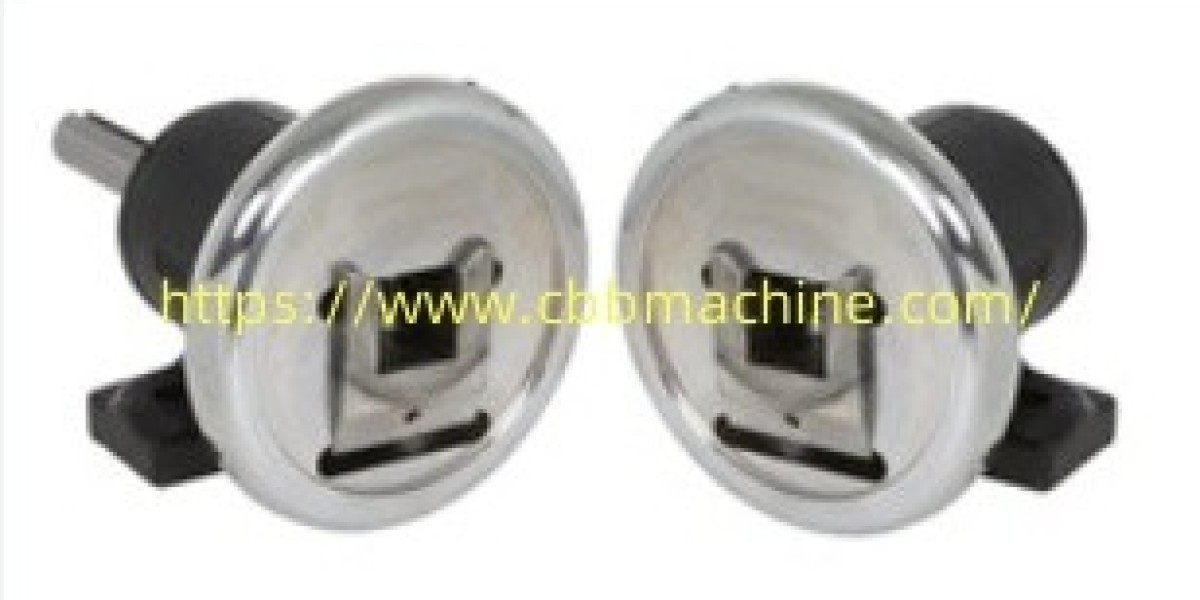Integrating modern winding systems efficiently often relies on components like the Safety Chuck , which plays a vital role in securely transmitting torque during high-speed rotation.
In industrial machinery setups, the need for stability and accuracy cannot be understated. The chuck, often situated at the ends of shafts, allows for quick loading and unloading of reels while maintaining a firm grip. This contributes to reducing downtime during roll changes in web handling equipment. A properly selected chuck ensures seamless motion, energy efficiency, and equipment longevity.
A typical chuck is designed with locking mechanisms that allow for manual or pneumatic engagement, helping to fix the shaft firmly in position. It is often paired with an air shaft or differential shaft, depending on the application. The locking jaws close around the shaft ends and transmit torque from the drive to the roll, enabling rotation. This mechanism is especially useful in applications like printing presses, slitter rewinders, and coating machines.
Modern chucks are available in various configurations—flange-mounted, foot-mounted, and customized types—to match different machine layouts. What distinguishes one product from another is the precision of machining, surface treatment, and durability under repetitive mechanical stress. Steel and hardened alloys are preferred for core components due to their resistance to deformation under torque.
While choosing the right chuck, engineers must consider factors like shaft dimensions, torque requirements, rotational speed, and frequency of load changes. Poor alignment or material fatigue can lead to shaft slippage or even system failure. That's why regular maintenance and inspection are crucial. Components such as the handwheel, bearing housing, and wear bushings should be periodically checked for signs of wear and replaced as needed to avoid operational interruptions.
Besides mechanical aspects, safety is a critical concern. If a winding system disengages at high speed, it could lead to equipment damage or personnel injury. Therefore, high-quality locking and unlocking mechanisms are indispensable. Designs with interlocks or torque-limiting features can add an extra layer of operational protection.
As machinery evolves to meet modern industrial standards, many manufacturers now look for modular and easy-to-replace solutions. Interchangeable components, quick-release mechanisms, and standardized mounting dimensions make system upgrades more accessible and economical. Additionally, chucks with built-in compatibility for torque sensors and smart monitoring can provide real-time feedback, making them suitable for Industry 4.0 environments.
In summary, this essential component may seem small but has a large impact on performance, efficiency, and safety in rotating systems. Its proper selection and regular upkeep directly affect overall machine productivity. For more insights on types, applications, and maintenance tips, visit https://www.cbbmachine.com/news/industry-news/safety-chucks-function-types-maintenance-and-more.html








